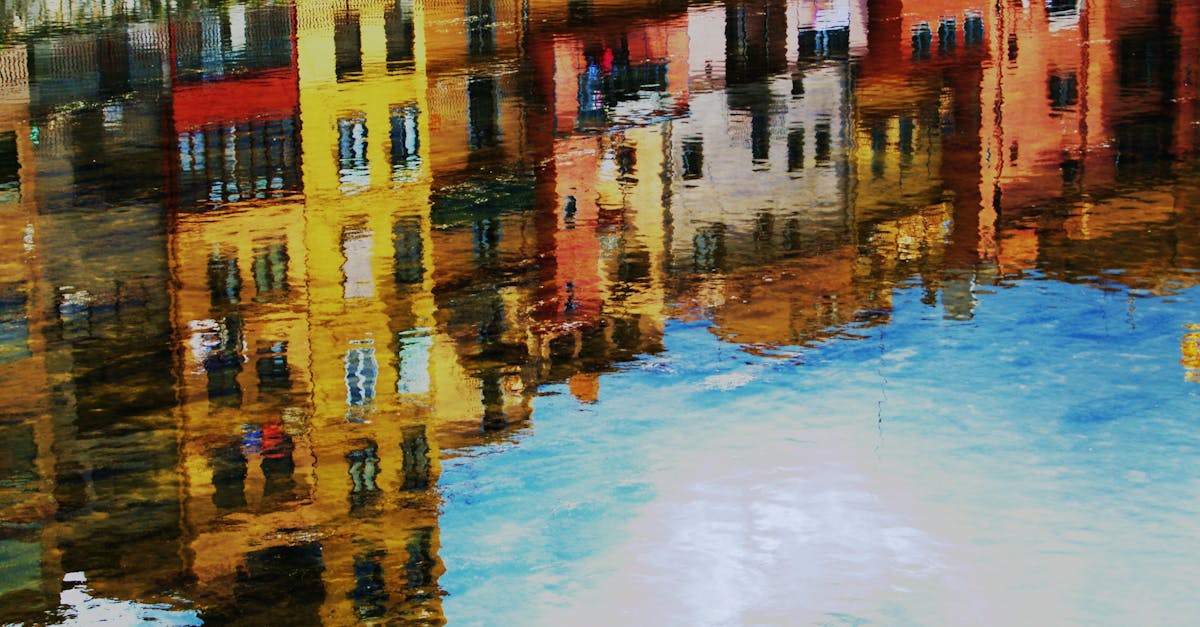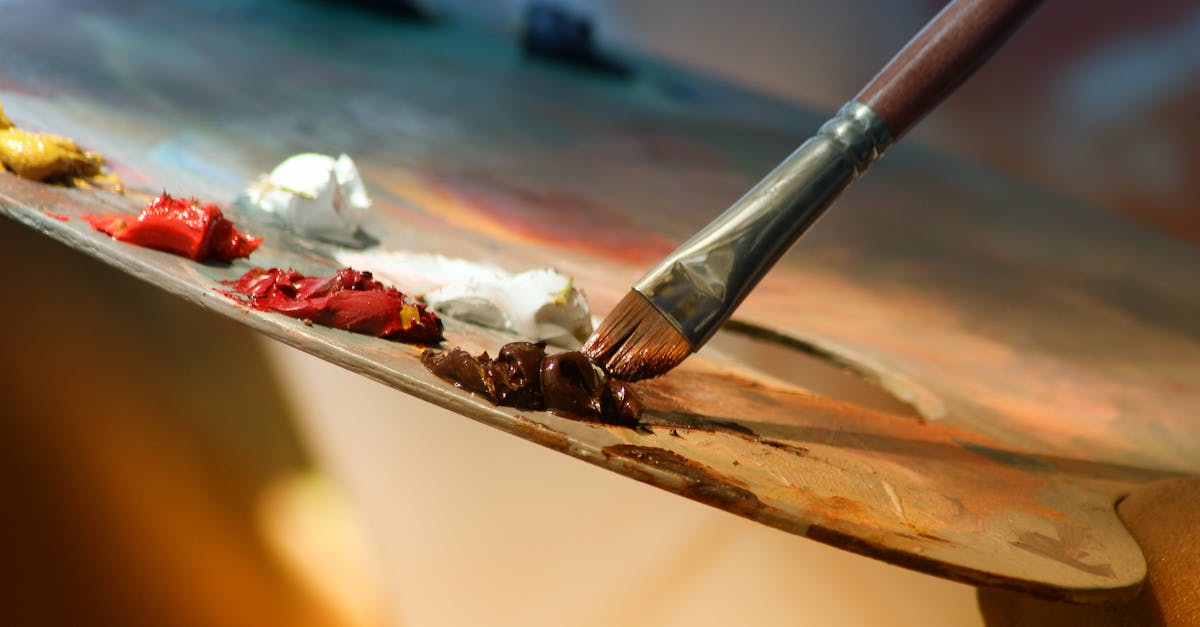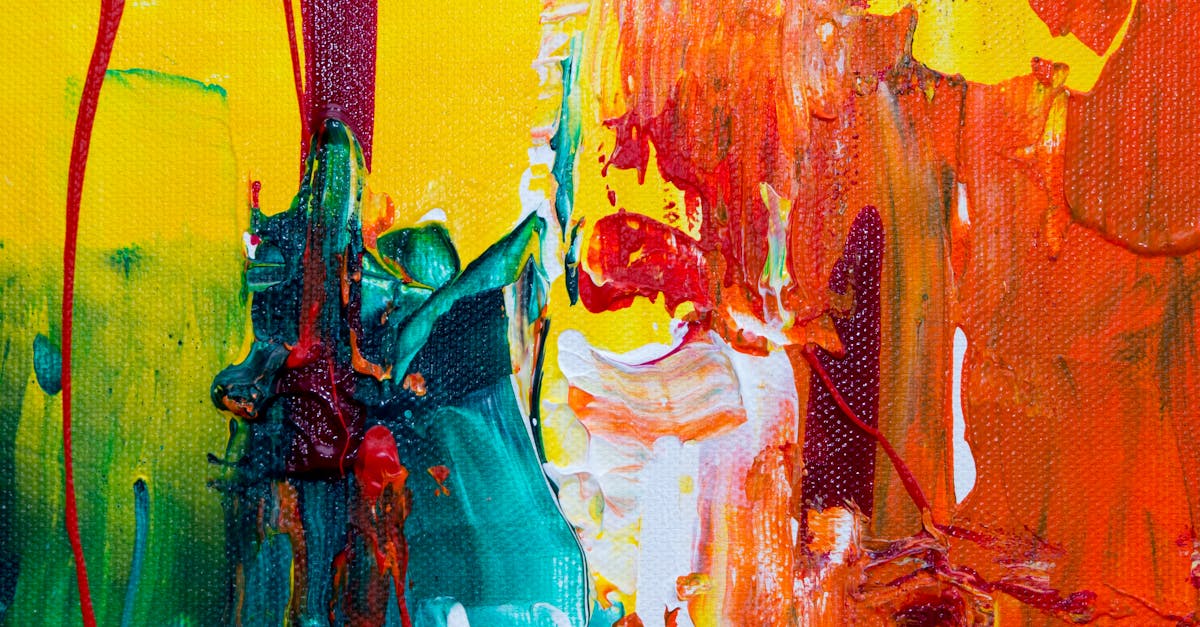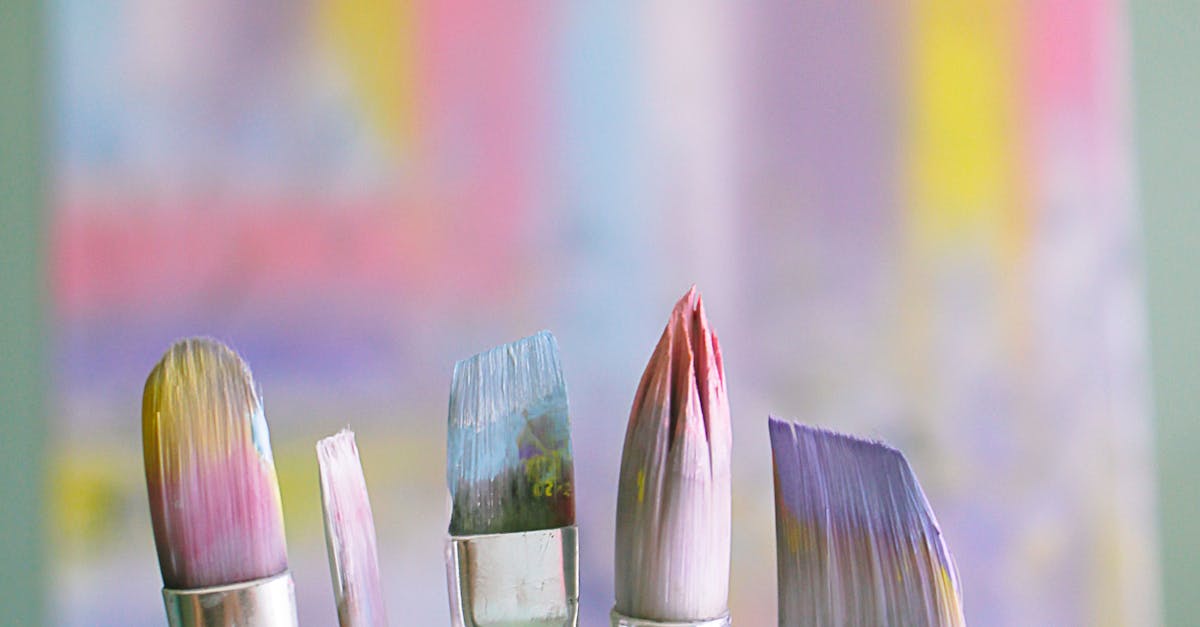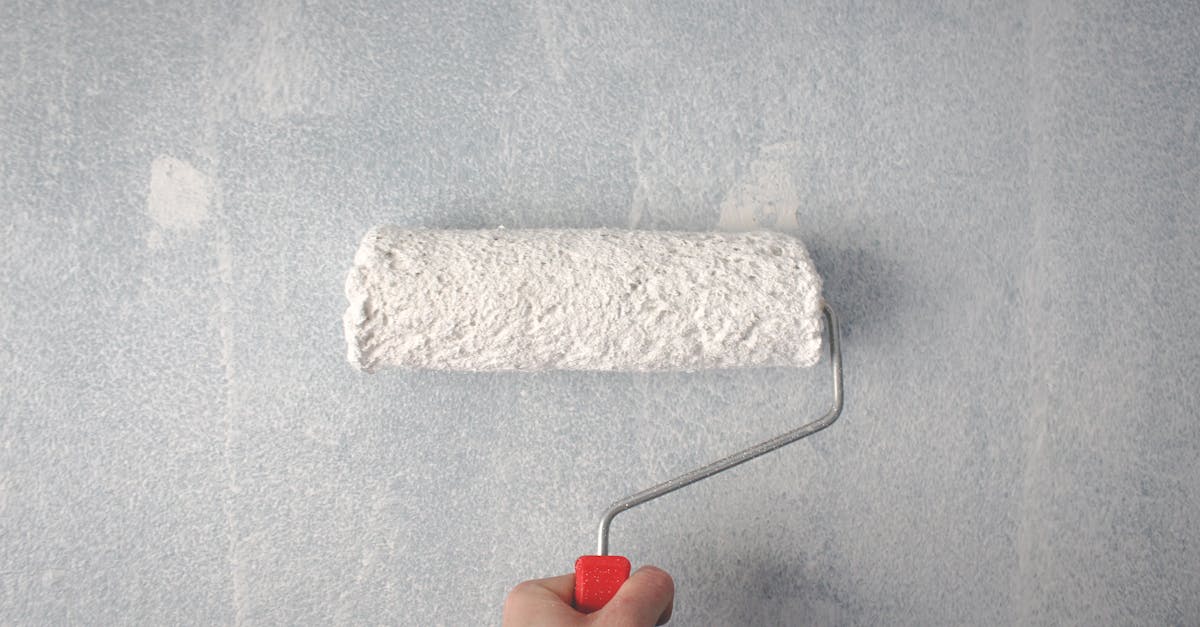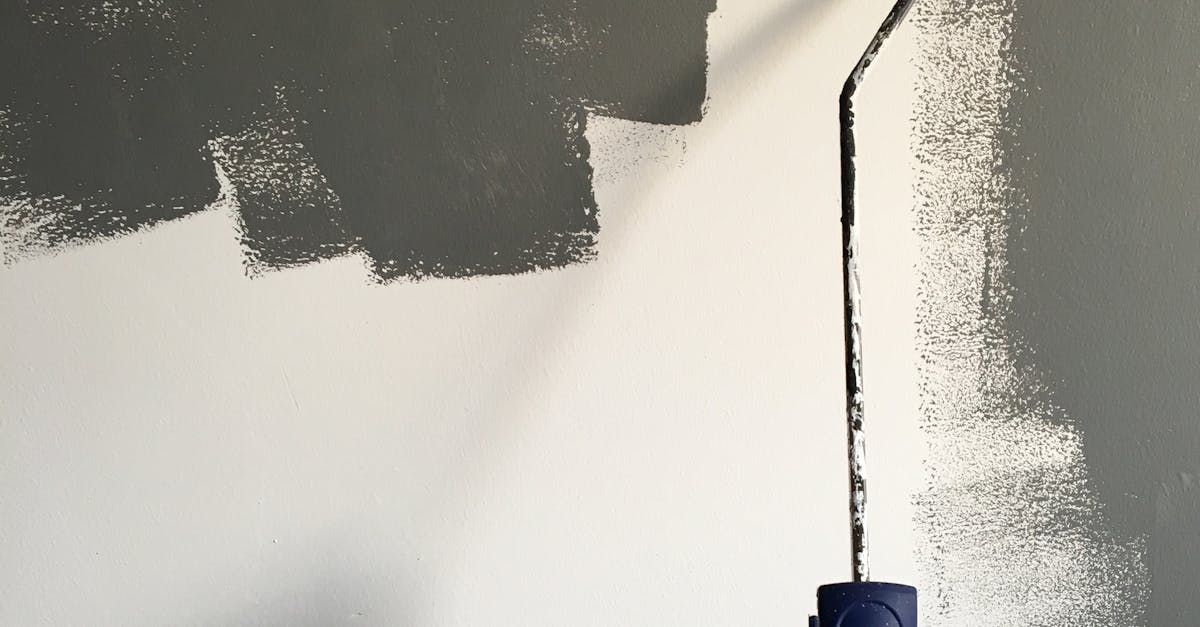
Applying Primer and Paint
Applying primer and paint is a crucial final step in the drywall repair process. Once the joint compound has dried thoroughly, it is important to cover the repaired area with a coat of high-quality primer. This will ensure that the paint adheres properly and provides a seamless finish. After the primer has dried, choose a paint colour that matches the existing wall and apply it evenly over the patched area. Blend the paint with the surrounding wall to create a uniform appearance. Drywall Repair in Berkshire emphasises the importance of this stage in achieving a professional and polished result.
Remember to allow both the primer and paint to dry completely before assessing the final outcome. Inspect the repaired area under different lighting conditions to ensure that the patched section seamlessly integrates with the rest of the wall. Minor touch-ups can be made if necessary to achieve a flawless finish. By following these steps meticulously, you can effectively restore the integrity of your drywall joints and achieve a visually appealing result.
Adding a Coat of Primer to the Patched Area
When the joint compound has dried completely and you’re satisfied with the smoothness of the patch, the next step in the process of repairing drywall joints is to apply a coat of primer to the patched area. Priming is essential to ensure that the paint adheres properly to the repaired section and the surrounding wall. A good quality primer will also help to seal the porous surface of the joint compound, creating a uniform base for the paint to be applied. Before starting this stage, make sure to protect the surrounding area with dust sheets or newspaper to avoid any accidental spills or splatters. If you’re unsure about which primer to use, seek advice from a hardware store or a professional in Drywall Repair in Slough, Berkshire, to ensure you select the most suitable option for your specific project.
Final Touches
After the joint compound has dried, carefully sand the area to create a smooth surface. Use fine-grit sandpaper to gently sand down the patched area until it is flush with the surrounding wall. Be cautious not to oversand as this can create an uneven surface. Once you have achieved a seamless finish, wipe away any dust with a damp cloth and allow the area to dry before proceeding with the next steps.
To complete the final touches of the drywall repair in Slough, Berkshire, apply a coat of primer over the patched area. This will help to seal the repair and prepare it for painting. Once the primer has dried, you can then proceed to paint the patched area to match the rest of the wall. Take your time to ensure the paint blends seamlessly with the surrounding wall, creating a uniform finish.
Blending the Repaired Section with the Surrounding Wall
To seamlessly blend the repaired section with the surrounding wall, it is crucial to ensure that the patched area matches the existing texture and paint of the wall. This can be achieved by carefully feathering the edges of the patch with fine-grit sandpaper until they are smooth and flush with the rest of the wall. Gradually blend the edges outward to create a gradual transition between the patch and the surrounding wall. By taking your time and paying attention to detail, you can achieve a flawless finish that disguises any signs of repair.
Drywall repair in Berkshire requires a keen eye for detail and patience. Once the patch has been sanded down to a smooth finish, it is essential to prime the area before painting. Applying a coat of primer will help the paint adhere evenly to the repaired section, ensuring a seamless finish. Take care to match the paint colour accurately to the rest of the wall, and feather the paint outwards from the patch to blend it with the surrounding area. With these careful steps, your drywall repair in Berkshire will be virtually undetectable, restoring your wall to its former glory.
Preventing Future Damage
To prevent future damage and the need for extensive drywall repair in Berkshire, it is essential to address issues promptly. Regular inspection of the walls to identify any signs of cracks or damage early on can save both time and money in the long run. Implementing preventive measures such as reinforcing joint tapes and ensuring proper sealing of seams can significantly enhance the durability of drywall joints.
Moreover, maintaining a consistent indoor humidity level and addressing any leaks or water damage promptly can help prevent the development of mould or mildew, which can weaken the drywall joints over time. By taking proactive steps to preserve the integrity of the drywall, homeowners can ensure the longevity and structural stability of their walls. Drywall repair in Berkshire can be minimised by incorporating these preventive practices into regular maintenance routines.
Tips for Maintaining Drywall Joints
To maintain the integrity of your drywall joints and prevent future damage, regular inspection is key. Check for any signs of cracks, peeling, or bubbling in the joint compound. By catching these issues early, you can address them promptly and avoid more extensive repairs. Another important aspect of maintaining drywall joints is to keep the area clean and free from moisture. Moisture can weaken the joint compound over time, leading to cracks and other issues. Ensure proper ventilation in areas prone to humidity to safeguard your drywall joints from potential damage. For residents in Berkshire, staying vigilant about these maintenance tasks can prolong the life of your drywall and prevent the need for frequent repairs. Drywall Repair in Berkshire can be minimised by taking these proactive steps to care for your walls and ceilings.
FAQS
How can I tell if my drywall joints need repair?
You may notice cracks, holes, or uneven surfaces along the joints of your drywall, indicating that they require repair.
What tools and materials do I need to repair drywall joints?
You will need joint compound, drywall tape, a putty knife, sandpaper, a drywall sander, a paintbrush, primer, and paint to repair drywall joints.
How do I repair a small crack in a drywall joint?
To repair a small crack in a drywall joint, you can apply joint compound over the crack, embed drywall tape into the compound, and then smooth it out with a putty knife before sanding and painting over it.
Can I paint over the repaired drywall joint immediately?
It is recommended to apply a coat of primer over the repaired drywall joint before painting to ensure a smooth and uniform finish.
How can I prevent future damage to my drywall joints?
To prevent future damage to your drywall joints, you can use mesh tape for stronger reinforcement, avoid over-tightening screws when hanging objects, and regularly inspect and maintain the condition of your walls.
